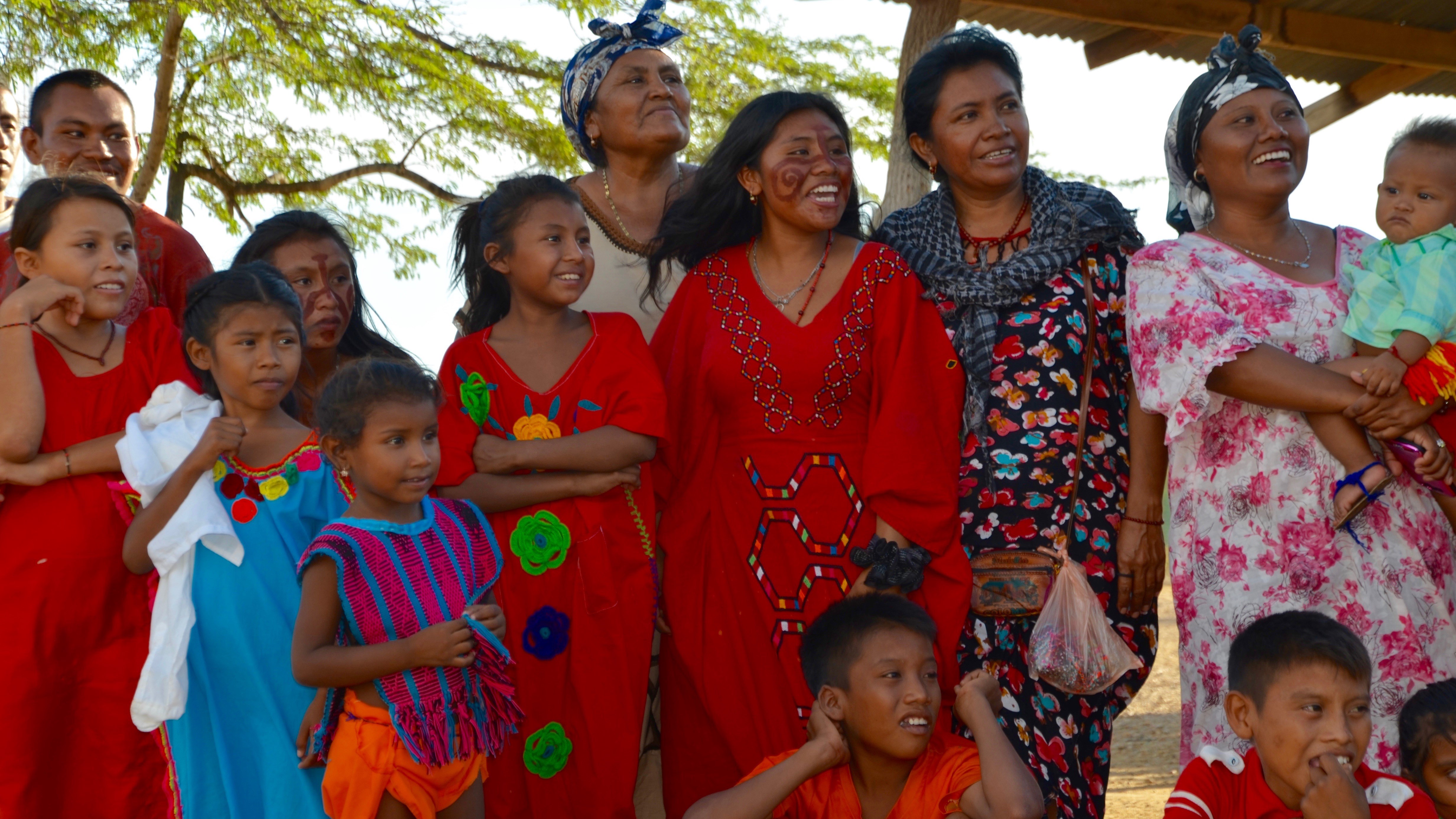
The history of indigenous people in Colombia has been one of neglect, abuse and resilience. With the arrival of the Spanish in the 16th century, indigenous peoples were subject to horrible suffering in the form of massacres, torture, and terror. After Colombian independence in the early 19th century, their marginalization continued in the name of national unity, economic progress, equality before the law and state-sponsored religion. This process created the modern Colombian state, but at an enormous cost to the peoples and territories forcibly incorporated into the new system.
Too, the general violent conditions resulting from Colombia’s ongoing 60-year internal armed conflict and its spillover into neighboring countries, especially at the borders, have had a direct and disproportionate impact on the lives of indigenous peoples. Exacerbated by drug cartels, armed groups, and multinational companies pursuing the rich natural resources in their territories, this serious humanitarian situation has resulted in displacement, extreme marginalization and environmental degradation in indigenous communities. Of the approximately 1.5 million indigenous peoples in Colombia, it is estimated that 10% are victims of human rights violations.
Nevertheless, the Colombia of today is multiracial, pluricultural and religiously diverse. According to the Indigenous National Organization of Colombia (ONIC), 102 indigenous groups have survived to the present and account for 3.4% of the national population (1,500,000 inhabitants). Approximately 80% of these indigenous groups live in the La Guajira, Cauca, and Nariño Departments. The Amazonian region, though sparsely populated, is home to over 70 different indigenous ethnic groups.
Despite these challenges, in the last four decades, there have been considerable societal advances made by indigenous peoples. During the 1970s and 80s, indigenous movements and struggles across Latin America led to greater political and economic power for indigenous groups. In the late 1980s the policy of forced assimilation was increasingly abandoned by the Colombian government. In 1989, international legal agreements were adopted that put much stronger emphasis on the rights of indigenous peoples to genuine participation in the decisions that affect their communities and lands.
In Colombia, the new Constitution of 1991 ratified the same international agreements, recognized 83 ethnic groups within the nation-state, and established for them unprecedented constitutional and legal rights, including new religious liberties. Each indigenous group gained the right to political and administrative autonomy within their territory, each language became official within its territory, and the Senate reserved two permanent seats for indigenous representatives. As a result of this more supportive legal environment, indigenous organizations, movements and churches that present their views and claims with renewed self-confidence have continued to emerge and grow.
Today, in all of Colombia, there is fresh hope for reconciliation as a historic truce was signed between the Colombian government and the largest armed rebel group in November of last year. Though indigenous peoples continue to suffer as a result of a war-system that can only be dismantled over the course of time, the possible emergence of a Colombia without war, creates new possibilities for the healing and strengthening of Colombia’s indigenous community.

